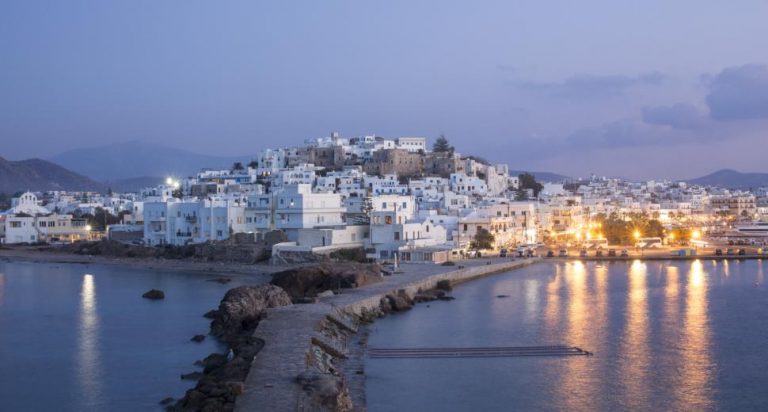
In the last few years some islands among Greece’s 2000 or so, regardless of their size, have come to be associated with pioneering techniques and high performance in critical sectors, such as energy, “green” transport and recycling, adopting good practices to emulate and attracting giants of new technologies and businesses.
Naxos: Extroversion and dynamics
Drones for the transport of medicines from one end of the island to the other and to smaller neighboring islands, “smart” management of marinas and electronic sensors in parking spaces and waste bins: these are just some of the actions of modern digital technology that will make Naxos the world’s first “smart island” with the help of Amazon. But it’s not the only pioneering Greek island.
An idea born in the summer of 2021 in Antiparos, in talks between the Greek Prime Minister and the main shareholder of Amazon, Jeff Bezos, began to take shape in early October. The dynamics and extroversion that Naxos has developed in recent years made it ideal for transformation into a “smart island” and to lay the foundations for the “Naxos, Smart Island” project which will be based on the technical infrastructure offered by Amazon Web Services.
Astypalea: On the world map of electric mobility
In November 2020, a global ground-breaking synergy between the Greek State and Volkswagen put Astypalaia on the world map of electrification. Two years later, the effort towards sustainable development bore the first fruits. Last April, the first electric cars, as part of the complete electrification of the island, arrived at the island known as the “butterfly” of the Aegean.
From June 1, the urban transportation with electric vans started its operation. Interested commuters download an app allowing them to call the vans for transportation from one point of the island to another, serving both permanent residents – with a charge of 60 euros for six months for unlimited trips – and visitors, who can issue one-day, three-day and five-day travel cards.
Electric transportation will last all year round> However, from six vehicles in summer, only two will circulate in the off-tourist season and routes from the end of October will stop at 8 in the evening. So far, in various parts of Astypalaia there are 20 chargers for the electric vehicles and vans that are now circulating on the island.
The construction of the hybrid power plant with photovoltaic park and batteries, where the current will be stored and through them it will be delivered to the grid has already started. The coverage of energy needs will reach 50% during the peak months, while with the future installation of a wind turbine, up to 90% of the island’s needs will be covered.
Lipsi: Innovative practices in recycling
The island with just 778 inhabitants has managed to pioneer in several sectors inside and outside Greece. In recent years, the people of Lipsi have won praise for their innovative practices, especially when it comes to recycling but also the abolition of single-use plastics, long before it was mandated by law by the government. In fact, for four years now a desalination unit of 600 cubic meters per day has been operating on the island, making Lipsi water self-sufficient.
Tilos: Energy autonomous and with many awards
The first “energy” island of the Mediterranean and with the European Union’s… stamp is none other than the unspoiled Tilos. In terms of population, it has approximately the same number of inhabitants as Lipsi, with the latest census figures speaking of 745. Despite its small size, which was perhaps an advantage for achieving all the “green” goals – within four years has managed to win four European awards for the pioneering hybrid energy production unit that has made Tilos energy independent but also made quite a few headlines in the international press.
In 2019, an idea that seemed utopian in 2014 was implemented, that of creating an intelligent energy micro-grid on the island. this entailed a model hybrid power generation and storage station, consisting of a medium-scale wind turbine of 800kW, a small-scale photovoltaic park of 160kW and an energy storage system of accumulators (batteries) with an energy capacity of 2.88MWh, ensuring energy autonomy which during the winter months reaches 100%, while in the summer 70%.
This first was the basis for other innovative and “green” practices. The municipality monitors electricity consumption, manages water resources while regulating municipal lighting remotely, through the use of new technologies. In fact, Tilos took its first steps in electrification this summer, as the first 50-seater electric municipal bus was operating and serving citizens and tourists. At the same time, the municipality has procured cars and trucks that are also electric. Chargers have also been installed.
As far as waste management is concerned, according to mayor Maria Kamma, not even half a kilo of garbage ends up ion landfills. Besides, the landfill has also been closed and turned into a Circular Economy Center. “There are no bins on the island, while collection is done from house to house three times a week. From a total of 200 tons of household waste, 60% has been recycled, while with compost this percentage reaches 90%. It is no exaggeration to say that even cigarette butts are recycled,” noted Ms. Kamma.
Latest News

Rhodes Airport Tops Fraport Greece’s Regional Airports in 2024 Performance
According to Fraport's data, more than 35 million passengers (specifically 35.2 million) were handled by Fraport-managed airports during the 11 months.

European Central Bank Cuts Interest Rates by 25 Basis Points
It is the fourth cut of interest rates by Europe’s central bank, a move expected by the markets and financial analysts leading to the rate settling at 3%.

Airbnb: New Measures Add €600 in Extra Costs for Property Owners
Property managers face an immediate administrative fine of 5,000 euros if access to the inspected property is denied or any of the specified requirements are not met.

Economist: Greece Included in the Best Performing Economies in 2024
Meanwhile, Northern European countries disappoint, with sluggish performances from the United Kingdom and Germany.

EasyJet Expands Its Routes from Athens
The airline’s two new routes will be to London Luton and Alicante and they will commence in summer 2025.

Capital Link Forum Highlights Greece’s Economic Resurgence; Honors BoG Gov Stournaras
Capital Link Hellenic Leadership Award recipient, Bank of Greece Gov. Yannis Stournaras, an ex-FinMin, was lauded for his pivotal role during Greece’s economic recovery

Tourist Spending in Greece Up by 14%, Visa Card Analysis Shows
Greece’s capital Athens emerged as the most popular destination, recording a 17% increase in transactions with Visa cards, surpassing even the cosmopolitan island of Mykonos.

Inflation in Greece Unchanged at 2.4% in Nov. 2024
The general consumer price index (CPI) posted a 0.4% decrease in November compared to the previous month

2024 Christmas Holidays: Extended Shop Hours Schedule
The 2024 Christmas Holidays extended shop hours schedule commences on Thursday, December 12 and runs until the end of the year.

ELSTAT: Seasonally Adjusted Unemployment Down in October
The number of employed individuals reached 4,284,694, an increase of 67,723 compared to October 2023 (+1.6%) and 22,002 compared to September 2024 (+0.5%).














![Fraport: Πάνω από 35 εκατ. επιβάτες στα αεροδρόμια το 11μηνο – Πτώση στη Μύκονο [πίνακας]](https://www.ot.gr/wp-content/uploads/2022/06/fraport-90x90.jpg)













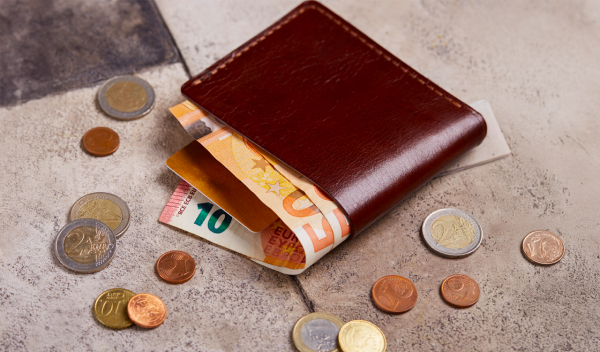




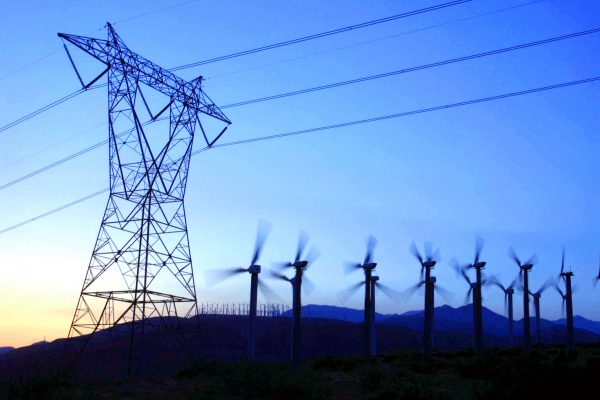
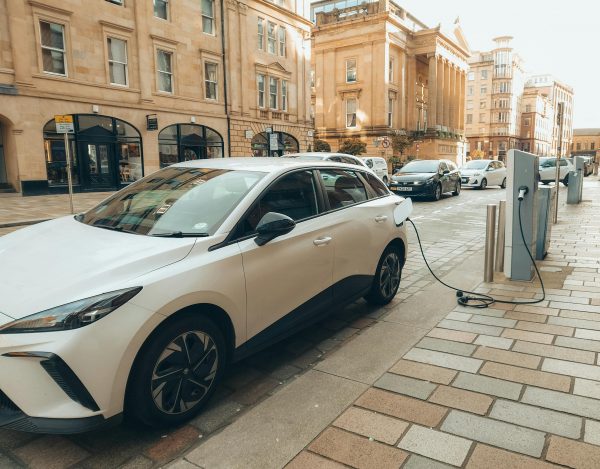



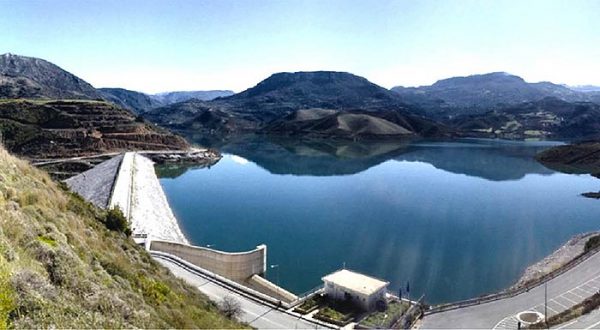


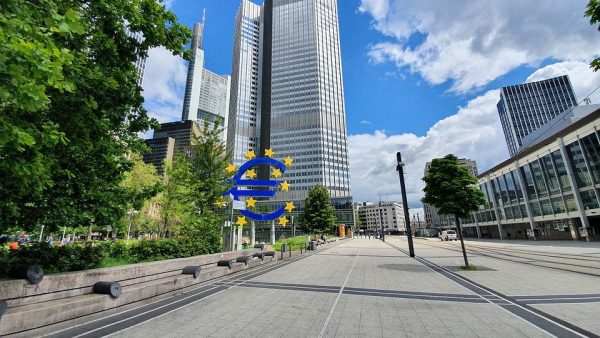
 Αριθμός Πιστοποίησης Μ.Η.Τ.232433
Αριθμός Πιστοποίησης Μ.Η.Τ.232433